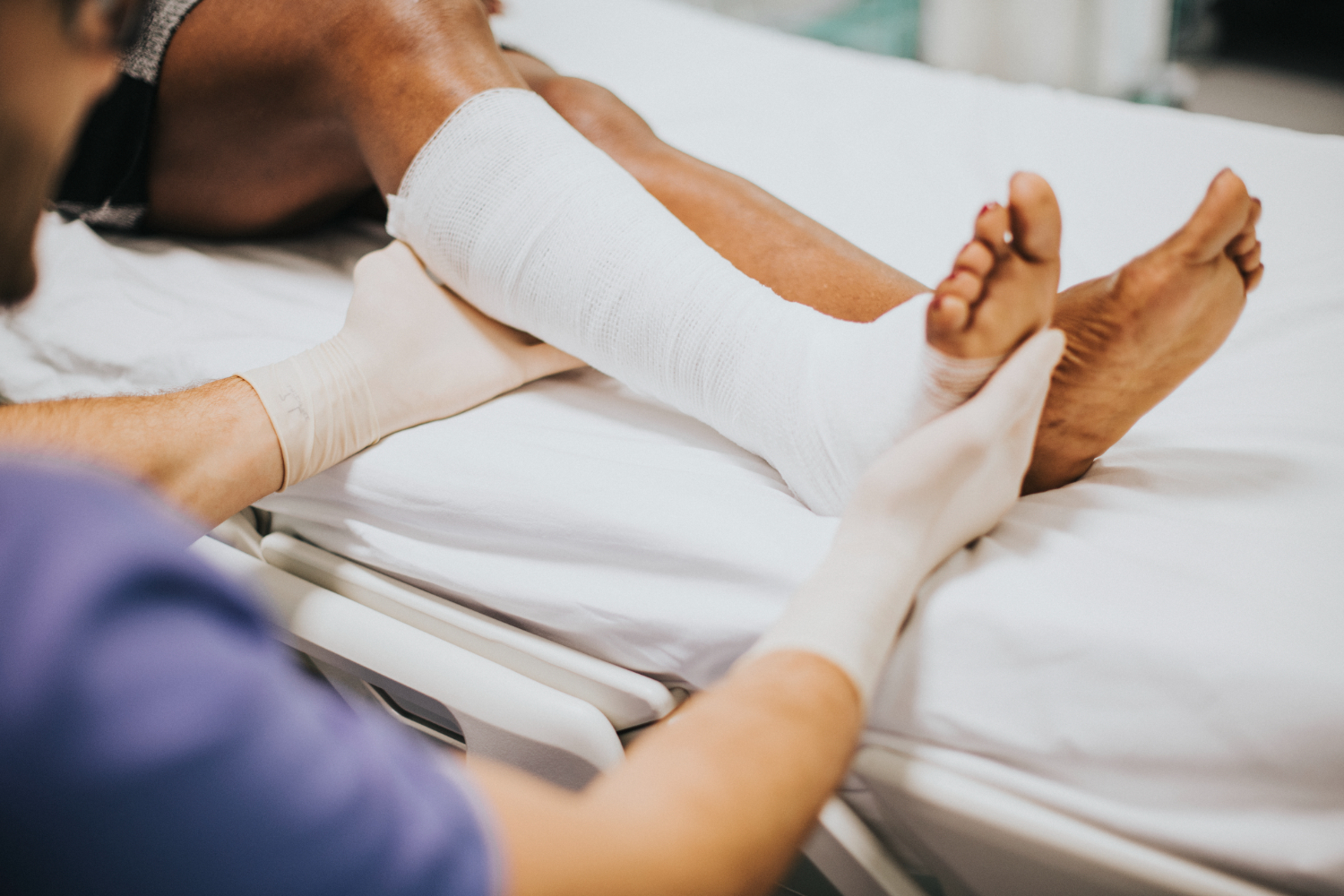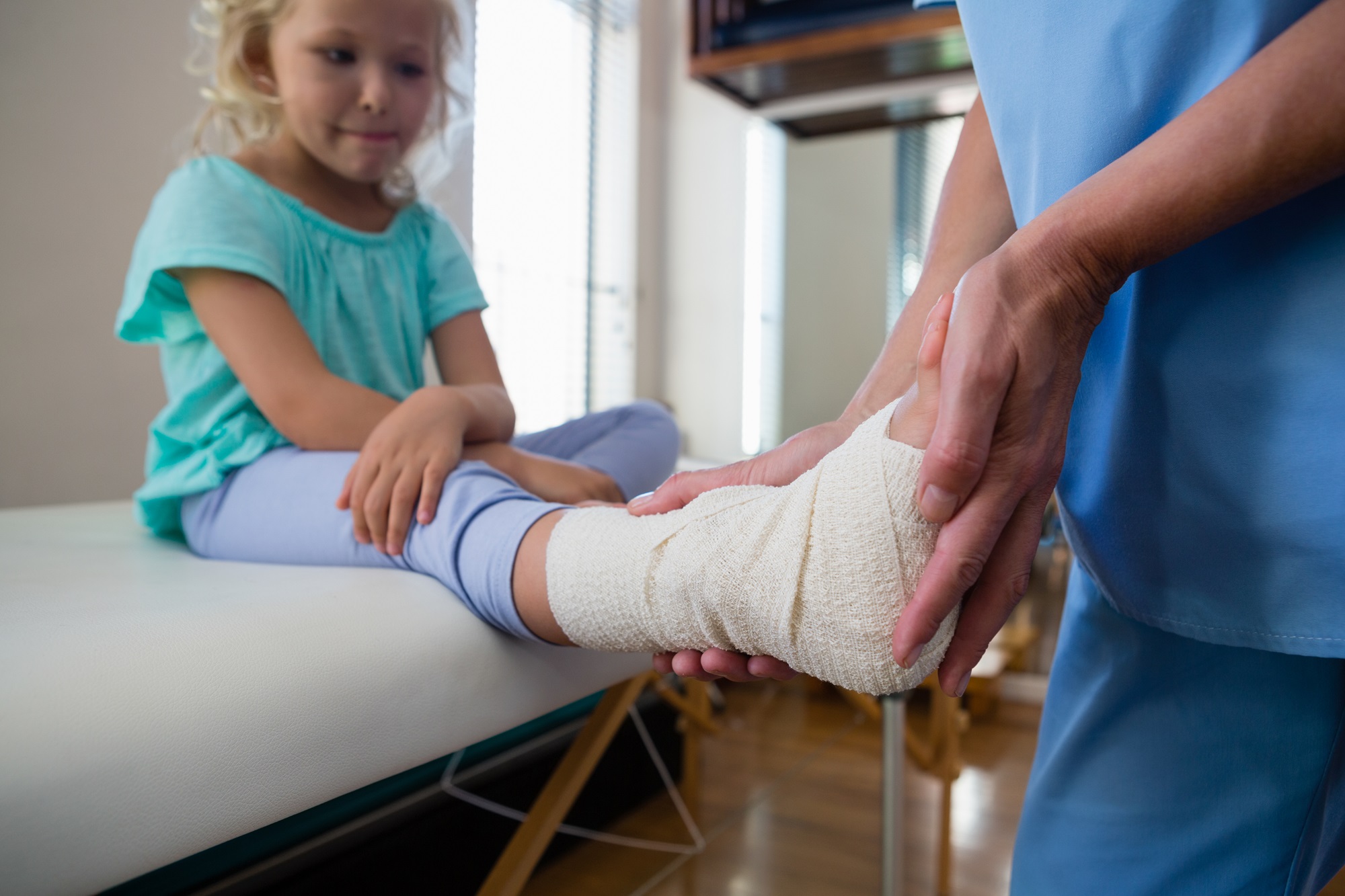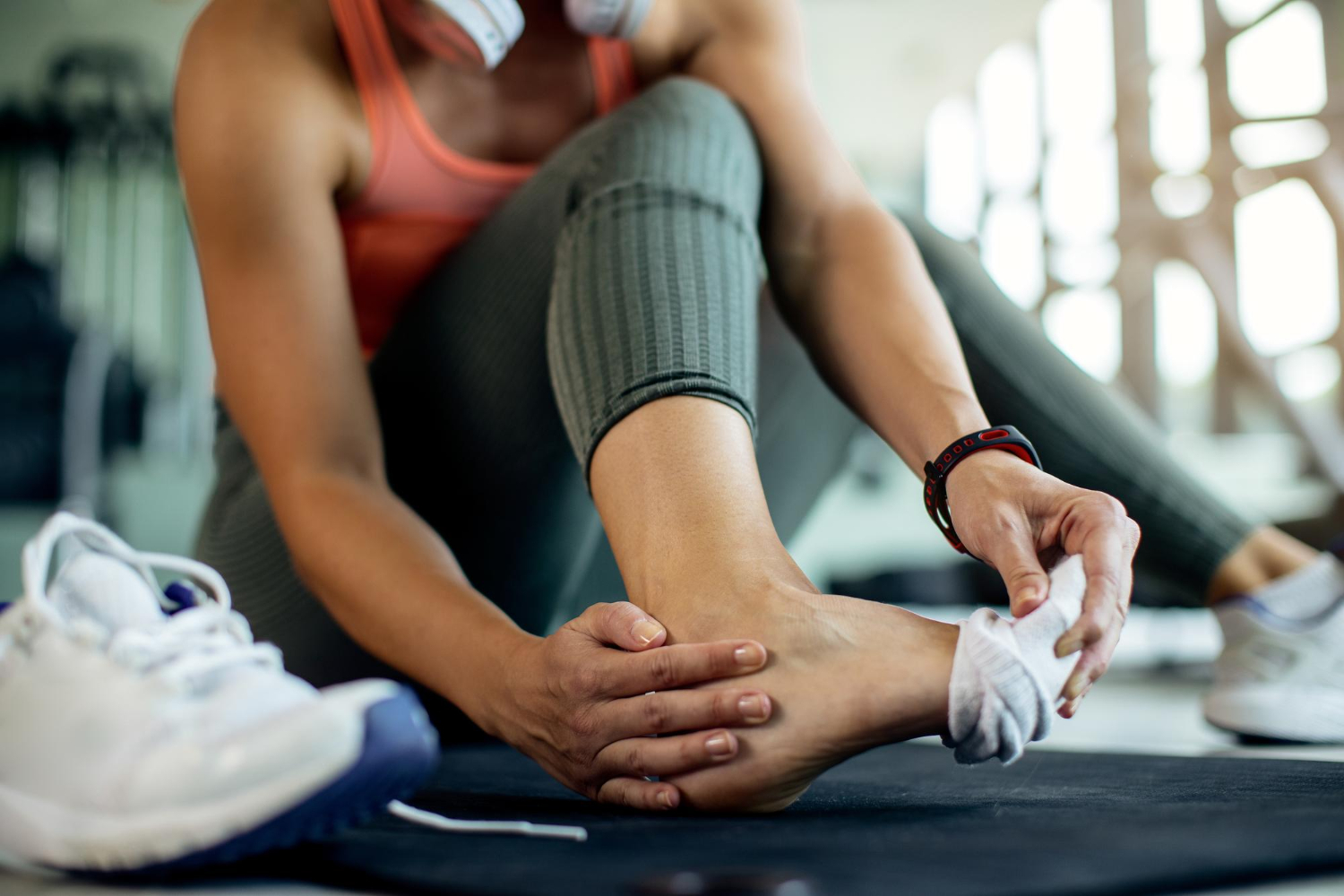
Diagnosis
Clinical Examination:
Assess swelling, deformity, range of motion, and weight-bearing ability.
Imaging:
- X-rays: Standard for identifying fractures.
- MRI: Used for ligament, tendon, or soft tissue injuries.
- CT Scan: Provides detailed images of complex fractures.
- Ultrasound: Evaluates tendon injuries or soft tissue swelling.
Complications
- Chronic pain
- Post-traumatic arthritis
- Nonunion (failure of bone healing) or malunion (improper alignment)
- Nerve or blood vessel injury
- Swelling and stiffness

